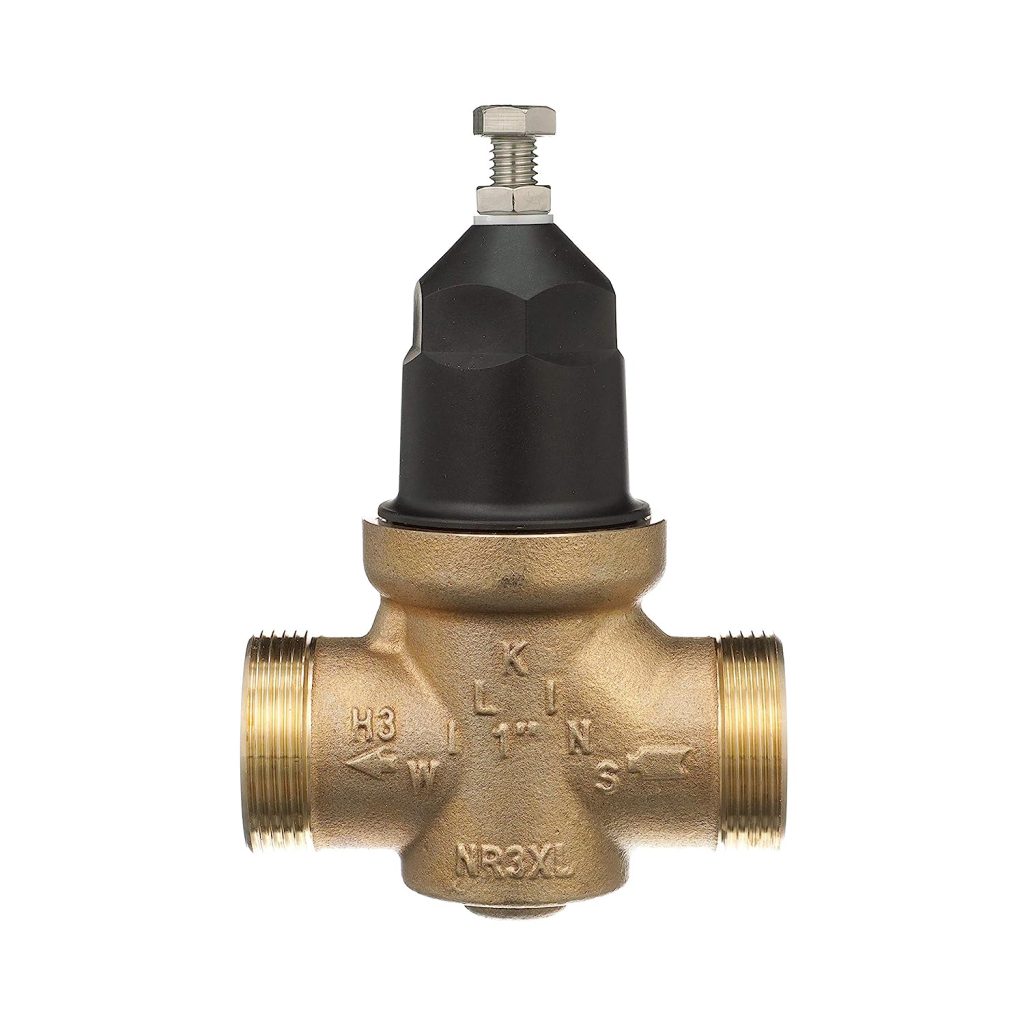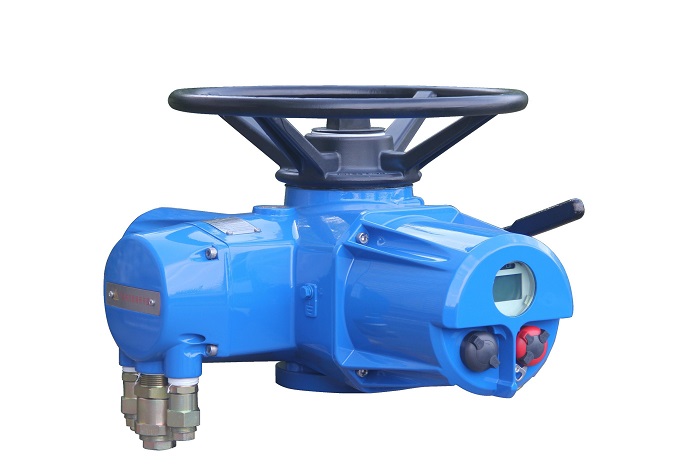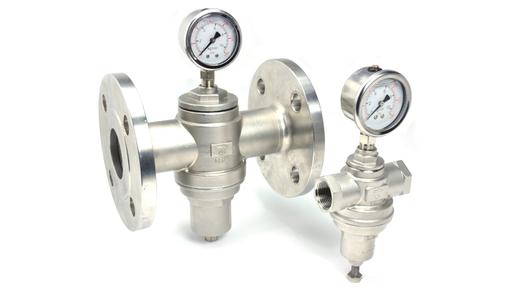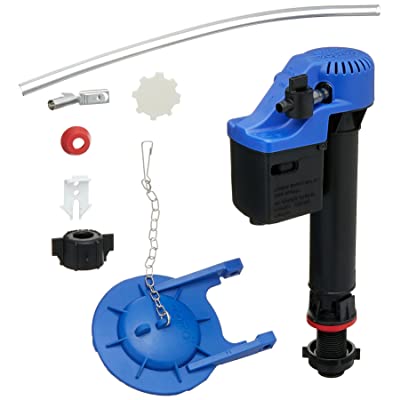Rebar Essentials for Effective Construction Practices
Rebar, or reinforcing bar, is a critical element in the construction industry, enhancing the tensile strength of concrete structures. This article examines the various types of rebar, their applications, and how they work in conjunction with geogrid to ensure strong structural support.

What Is Rebar and Its Construction Significance?
Rebar is a steel bar or mesh used to reinforce concrete, preventing cracks and improving load-bearing capacity. It plays a crucial role in enhancing the tensile strength of concrete, which excels in compression but is weaker in tension.
Types of Rebar: Key Variants
There are several types of rebar, including epoxy-coated, galvanized, and stainless steel options. Each type offers unique benefits, such as corrosion resistance or improved bonding, depending on the environmental conditions at the construction site.
The Role of Geogrid with Rebar
Using geogrid in conjunction with rebar enhances soil stabilization and load distribution. This combination, especially in retaining walls and foundational systems, boosts overall structural integrity and extends the lifespan of construction projects.
Factors for Selecting the Right Rebar
Choosing the appropriate rebar involves evaluating environmental conditions (corrosive vs. non-corrosive), load requirements, and adherence to local building codes. This thoughtful selection is vital for ensuring durability and safety.
Rebar is indispensable for reinforcing concrete, enabling structures to endure various stresses. By understanding the types of rebar and its interaction with geogrid, builders can make informed choices that enhance safety and longevity. For contractors and DIY enthusiasts, recognizing the significance of rebar is essential for successful construction.


